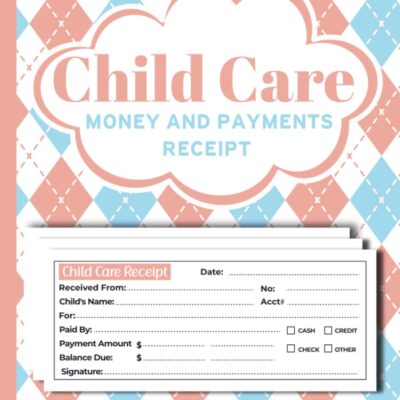Mastering the Art of the Scarf: A Guide for the Modern Man
When it comes to men’s fashion, one accessory stands out for its versatility and elegance—the scarf. Often underestimated or neglected, the proper scarf can elevate any outfit, add a dash of sophistication, and keep you warm during chilly seasons. Whether you’re in a formal suit or casual jeans, mastering the art of the scarf can transform your look from mundane to stylish. Let’s dive into how you can harness this fantastic accessory effectively.
The Versatility of the Scarf
First and foremost, let’s talk about why scarves are a must-have in every modern man’s wardrobe. Scarves aren’t merely for warmth; they offer a unique opportunity to express personal style. The right scarf can complement your outfit, highlight your personality, or even serve as a conversation starter. Available in myriad styles, colors, and materials—from luxurious cashmere to cozy wool—there’s a scarf for every occasion.
Choosing the Right Scarf
Before you can master tying or styling a scarf, you need to choose one that suits your needs. Here are some basic considerations:
-
Material: Different materials work for different climates. In winter, go for thicker fabrics like wool or cashmere, which provide warmth. In milder temperatures, lightweight cotton or linen scarves can be perfect for adding a layer without overheating.
-
Length and Width: Longer scarves allow for more creative knots and styles, while shorter scarves are easier to manage and can give a more structured look. Consider your height and build; a broader scarf can add bulk, which might not be flattering on a slimmer frame.
-
Color and Pattern: Choose a color that complements your skin tone and wardrobe. Neutrals like grey, navy, and black are versatile, while brighter colors or unique patterns can show off your personality. A patterned scarf can bring visual interest to a plain outfit, while a solid color can ground a bold ensemble.
- Style: From chunky knit scarves to sleek silk ones, the style should match the occasion. A wool scarf is perfect for casual wear, while a lightweight silk scarf can add a touch of elegance to a formal outfit.
Tying It Right: Popular Knot Styles
Now that you’ve chosen the perfect scarf, it’s time to learn how to tie it. Here are a few common knot styles that can help you master the art of the scarf:
-
The Classic Knot (or Dr. Who Knot):
- Drape the scarf around your neck with one end longer than the other.
- Wrap the longer end around your neck once, and then pull it through the loop you just created.
- Adjust as necessary. This knot works well for almost any style of scarf.
-
The Parisian Knot:
- Fold your scarf in half and drape it around your neck.
- Take the loose ends and thread them through the loop created by the fold.
- Adjust until it sits comfortably. This style is both chic and functional.
-
The Reverse Drape:
- Simply drape the scarf around your neck with both ends hanging down, allowing it to flow over your shoulders.
- This style is ideal for a more laid-back look, and it works perfectly with lightweight scarves.
- The Infinity Loop:
- Take a long scarf and wrap it twice around your neck and allow the ends to hang down.
- This layered approach adds warmth and style at the same time.
Styling Your Scarf
The way you style your scarf can dramatically change your overall appearance. Here are some tips on how to incorporate scarves into different outfits:
-
Business Attire: When accessorizing a suit, opt for a silk or cashmere scarf in muted colors or subtle patterns. A neatly-tied scarf can add a dash of elegance around your neck, resembling the sophisticated flair often seen in European fashion.
-
Casual Looks: A chunky knit scarf with a denim jacket or a sweater creates a relaxed, approachable vibe. Don’t be afraid to play with textures; pairing a wool scarf with a cotton shirt can add depth to your outfit.
- Layering: In colder months, use your scarf to layer. Start with a tailored coat or jacket, team it with a scarf, and don’t forget a beanie or hat for that stylish look. The combination of textures and lengths can create an interesting silhouette.
Care and Storage
Maintaining your scarf is equally essential for making it last. Different materials require different care; wool knit scarves can be hand-washed, whereas silk scarves often demand dry cleaning. Always read the care labels to avoid shrinking or damaging your precious accessories. When storing, hang your scarves in your closet or neatly roll them to avoid creasing.
The Finishing Touch
In conclusion, mastering the art of the scarf isn’t just about knots and styling—it’s about understanding how this accessory can enhance your personal brand. As you explore different styles and combinations, remember that confidence is key. When you wear a scarf with intent, it becomes more than an accessory; it becomes a statement.
So, go ahead, experiment with colors and patterns, practice those knots, and elevate your wardrobe with this timeless accessory. After all, in the world of fashion, a scarf is not just a piece of fabric; it’s a versatile tool that can portray elegance, personality, and a touch of flair. Embrace the art of the scarf, and let your style speak for itself!






